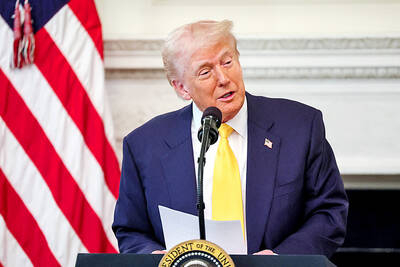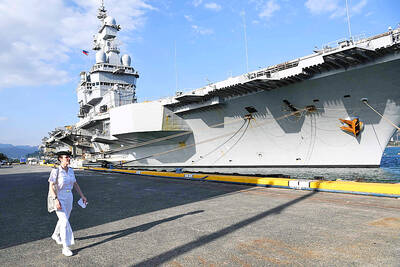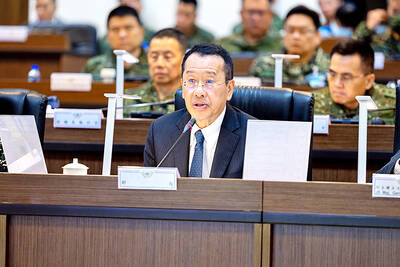The euro rose the most this week against the greenback in more than a year as an easing in concern over Europe’s debt crisis spurred traders to end bets the shared shared currency would decline.
The euro appreciated for a second week versus the yen, the first back-to-back weekly gains since March, as increased demand at a Spanish bond sale and an agreement by EU leaders to disclose how banks perform on stress tests damped investor worries about the region’s financial system. The US dollar fell versus the yen as Japan’s ruling party announced a deficit-cutting plan and disappointing US data increased speculation the Federal Reserve would keep interest rates at a record low.
“The recent news out of Europe is reassuring,” said Camilla Sutton, a Bank of Nova Scotia currency strategist in Toronto. “Europe will release the results of stress tests and give the market the clarity it looked for. The US will be on hold for longer. That helped equities and boosted risk appetite.”
The euro rose 2.3 percent to US$1.2388 this week, the biggest gain since the five days ended May 22 last year, from US$1.2112 on June 11. It touched US$1.2417 on Friday, the highest level since May 28. Europe’s common currency rose 1.3 percent to ¥112.40, from ¥111 on June 11. The US dollar fell 1 percent to ¥90.71, from ¥91.65 a week ago.
The euro gained as futures traders decreased their bets that the currency will decline against the US dollar to the lowest level since April, figures from the Washington-based Commodity Futures Trading Commission show.
The pound this week gained the most versus the greenback since the week of April 2 ahead of the UK’s announcement of budget cuts on Tuesday, which may help it avoid the rising bond yields afflicting Spain and Portugal.
The pound climbed 1.9 percent to US$1.4824 this week from US$1.4552 on June 11. It fell 0.4 percent to £0.8359 per euro.
Asian currencies strengthened this week, led by South Korea’s won and the Philippine peso, as signs the global economic recovery will withstand Europe’s debt crisis boosted demand for riskier assets.
The won appreciated 3.6 percent to 1,202.65 per US dollar, according to data compiled by Bloomberg. The peso climbed 1.6 percent to 45.905 and the Indian rupee was 1.4 percent stronger at 46.1787.
The New Taiwan dollar completed its biggest weekly gain in nine months as an improving economy and the prospect of a trade deal with China spurred inflows.
GDP rose at the fastest pace in more than 30 years in the last quarter and China’s government said last Sunday a basic agreement had been reached with Taipei on goods, services and industries chosen for initial tariff cuts in the planned trade pact.
“Funds are flowing back as investors seek riskier assets,” said Tigr Cheng (程裕城), a strategist at Polaris Securities Co (寶來證券) in Taipei. “People have been upbeat about the economy.”
The NT dollar climbed 0.8 percent this week to NT$32.190 against the greenback, according to Taipei Forex Inc.
Elsewhere, the Malaysian ringgit gained 0.8 percent to 3.2500, the Singapore dollar strengthened 1.2 percent to S$1.3864 and the Indonesian rupiah appreciated 1.2 percent to 9,096. The Thai baht rose 0.2 percent to 32.40.

STILL COMMITTED: The US opposes any forced change to the ‘status quo’ in the Strait, but also does not seek conflict, US Secretary of State Marco Rubio said US President Donald Trump’s administration released US$5.3 billion in previously frozen foreign aid, including US$870 million in security exemptions for programs in Taiwan, a list of exemptions reviewed by Reuters showed. Trump ordered a 90-day pause on foreign aid shortly after taking office on Jan. 20, halting funding for everything from programs that fight starvation and deadly diseases to providing shelters for millions of displaced people across the globe. US Secretary of State Marco Rubio, who has said that all foreign assistance must align with Trump’s “America First” priorities, issued waivers late last month on military aid to Israel and Egypt, the

‘UNITED FRONT’ FRONTS: Barring contact with Huaqiao and Jinan universities is needed to stop China targeting Taiwanese students, the education minister said Taiwan has blacklisted two Chinese universities from conducting academic exchange programs in the nation after reports that the institutes are arms of Beijing’s United Front Work Department, Minister of Education Cheng Ying-yao (鄭英耀) said in an exclusive interview with the Chinese-language Liberty Times (the Taipei Times’ sister paper) published yesterday. China’s Huaqiao University in Xiamen and Quanzhou, as well as Jinan University in Guangzhou, which have 600 and 1,500 Taiwanese on their rolls respectively, are under direct control of the Chinese government’s political warfare branch, Cheng said, citing reports by national security officials. A comprehensive ban on Taiwanese institutions collaborating or

France’s nuclear-powered aircraft carrier and accompanying warships were in the Philippines yesterday after holding combat drills with Philippine forces in the disputed South China Sea in a show of firepower that would likely antagonize China. The Charles de Gaulle on Friday docked at Subic Bay, a former US naval base northwest of Manila, for a break after more than two months of deployment in the Indo-Pacific region. The French carrier engaged with security allies for contingency readiness and to promote regional security, including with Philippine forces, navy ships and fighter jets. They held anti-submarine warfare drills and aerial combat training on Friday in

COMBAT READINESS: The military is reviewing weaponry, personnel resources, and mobilization and recovery forces to adjust defense strategies, the defense minister said The military has released a photograph of Minister of National Defense Wellington Koo (顧立雄) appearing to sit beside a US general during the annual Han Kuang military exercises on Friday last week in a historic first. In the photo, Koo, who was presiding over the drills with high-level officers, appears to be sitting next to US Marine Corps Major General Jay Bargeron, the director of strategic planning and policy of the US Indo-Pacific Command, although only Bargeron’s name tag is visible in the seat as “J5 Maj General.” It is the first time the military has released a photo of an active